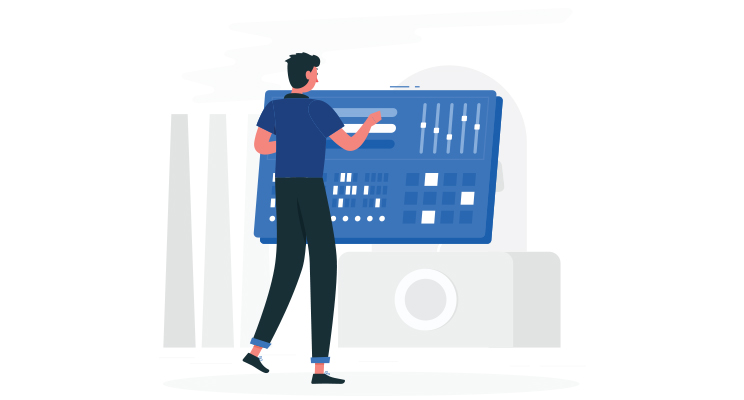Giving Your Business the Green Light to Grow
If your business was a busy intersection, what would it look like? Is everything moving like clockwork, with the right vehicles at the right times? Or do you have a traffic jam?
The most successful businesses are like a well-managed intersection. The green light is sufficient to keep traffic moving, the yellow light warns traffic to stop in time, and of course, the red light brings everything to a halt.
Ask yourself: what aspects of your business need to keep moving? And what are your warning signs?
Creating a Rhythm in Your Business
Effective intersection lights manage traffic from up to four directions. In a standard intersection, they alternate: north- and southbound going straight proceed at the same time, then east- and westbound lanes go. Similarly, your business alternates between income and expenses, accounts payable and accounts receivable. If you lose this balance, you’ll face a traffic jam.
Let’s continue with the traffic metaphor. Say you have a pipeline of clients. To keep them moving forward, they need a green light. What must happen to enable that? You need to book a discovery call, send a proposal, and make sure there’s room on the road (i.e. your docket) for them!
And if a project or client gets stalled, you can’t let it cause a backup. You’ll need enough lanes and emergency lights to keep your intersection i.e. business flowing.
The Importance of a Dashboard
If your business is a traffic intersection, then each of your key metrics is shown on the dashboard of each vehicle. Are you generating enough leads? What’s your conversion rate? Have you met your weekly/monthly/quarterly earnings goals?

An intersection works well when each vehicle (i.e. metric) is moving as planned. When a car runs out of gas at the green light, it causes a backup. When a car goes too slowly, it prevents everyone from getting through the light. And any mechanical issues (overheating, electrical failure, etc.) sends up warning signs so that vehicle can pull over without disrupting the flow of traffic.
As a business owner, you must check all these dashboards to predict any jams and prevent accidents. There are countless ways to do this. QuickBooks and other accounting tools help you assess and analyze your expenses, cash flow, and profit-loss. Salesforce and other CRM tools streamline your client management or customer service. Asana and other project management platforms keep your team on track. And so on. The choice is up to you: but you must identify your core metrics, then watch them closely.
Plotting Your Next Steps
Eventually, the intersection changes. Your business has moved on. Perhaps you need to add lanes or change the way the lights work. And each vehicle needs an itinerary to move forward.
You can’t improve what you don’t measure. That’s especially true for business. It’s crucial to track your expenses, conversion rate, cash flow, and other key metrics — so you can benchmark them and set Key Performance Indicators (KPIs) for future growth.
Think about your business’s goals. Do you want to net more new customers per month, or generate more revenue from existing customers? Are you eager to expand your customer base or do you want to scale back services? Depending on your goals, you may need to add a left-turning lane or lengthen the green light, as it were. Without tracking your dashboard and setting new goals, you’ll be driving blind.
Wrapping Up
To grow your business, watch its traffic lights and dashboards. Everything should alternate and flow to keep things moving. You need enough money coming in to sustain your expenses and generate a profit, and you should know when to pull back — or scale up!— depending on your results. Remember: data is your friend.
This article is inspired by an episode of the Simplifying Entrepreneurship podcast in which I chat with Michael Reddy, entrepreneurial coach and advisor. You can listen here, or if you’d like to watch it below on Youtube




0 Comments